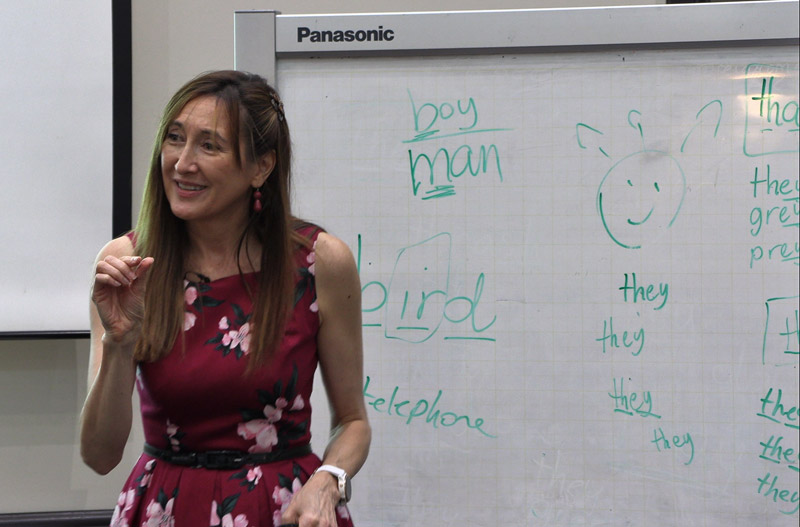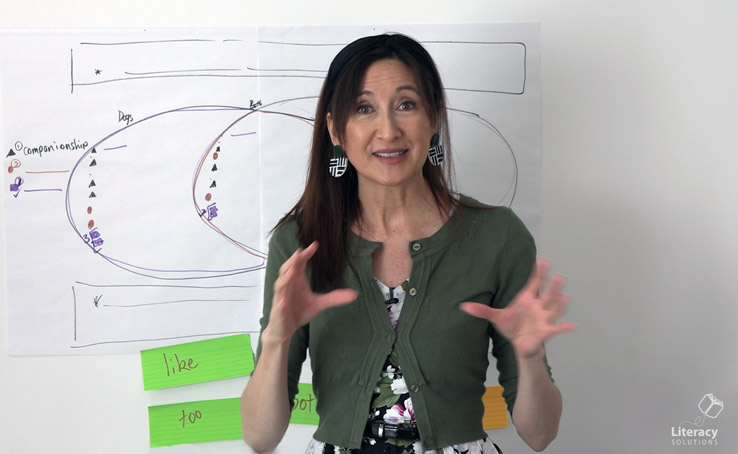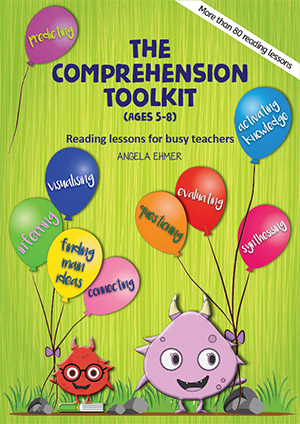Big kids too old for picture books?
Big kids too old for picture books?
What can picture book authors offer older students … more experienced writers, still developing crafting skills and learning the tricks of the writing trade?
Last week I shared, ‘Fancy Nancy’ by Jane O’Connor, with some Year 5 students, to highlight how cleverly the author used words, seemingly too complex for the intended audience, to paint the canvas of her ideas and create the story’s distinct, individual voice.
By focusing attention on vocabulary used, students were able to describe the ways the author was able to add humour, substance and flair to her ideas. They observed the mastery O’Connor demonstrated in strategically selecting vocabulary to construct the main character, adding depth and realism as she quickly and efficiently developed. They also learned to appreciate the skill required to tell a story using the smallest number of words possible.
One student pointed out the way O’Connor’s use of words built and supported the overall meaning, “She does a great job making the words fit with what’s happening, so that everything makes sense”. Another highlighted the way O’Connor shifted away from the conventional plan and placing a secondary complication at the end of the book.
It was wonderful to observe students deconstructing the text and developing a growing appreciation of the author and text.
As we summed up our learning and it became clear the lesson was ‘done’, the students requested the next story in the Fancy Nancy series, ‘Fancy Nancy and the Posh Puppy’. O’Connor’s expert knowledge of audience, purposeful construction and fine craftsmanship was clearly evident to this more experienced group of writers.





Hi Ang, I recently shared some Robert Munch stories with a year 6/7 class and then did a writing excercise following it. At first they had a bit of a giggle that I was starting the day by reading them stories but they really enjoyed the 2 I shared. We looked at the pattern to the stories, talked about the author’s style, (how he uses repetitive language throughout to involve the reader and his use of humour.) I then read them the first few pages of another book of his and they had to write the ending for the story, including introducing two new characters who tried to solve the problem and a final solution with humour. They did a great job and came up with some really creative solutions. I think by the end they all agreed they are not too young to enjoy a good picture book!
I teach a small Year 8 English class with students who have learning difficulties. One of our assignments this term was to write a story book suitable for beginner readers. In preparation, we read many stories. I could see each student was secretly happy: the pictures held so many clues to help them read these ‘little kid’s books’. They then began to write and illustrate their own. They all enjoyed reading their stories to each other. There was no pressure concerning difficult words or phrases because it was their own creation. As it was aimed at a younger audience they knew to include repetition and simple words which also helped them reading it back. This task really improved their confidence and resulted in some beautiful ‘little kid’s books’.
I teach year 2 and and they love picture books.
I have previously taught film analysis to year 10 and have found the use of picture books very beneficial. I use the wonderful picture book called “Oscar and Hoo” that I stumbled across one day. This text uses a variety of shot types in it’s illustrations including establishing shots, long shots and close ups. Using this text was engaging for the older students and also helped everyone to grasp the shot types under study more effectively than any other device I used. Picture books are something that older students are familiar with and they then feel more able to take risks when manipulating this text type to demonstrate their own knowledge and convey complex meanings.
I recently attended an inservice on the resources that are available for the text “My Place” there are so many layers to this text that you could use it for a term and still not cover everything that it has to offer – and can be adapted for all age groups.
In our unit we are looking at how authors and illustrators are inspired by the world around them. The boys enjoyed hearing ‘Fox’ by Margaret Wild & Ron Brooks re-told to them only using the pictures from the story up on IWB. The students then were involved in writing the ending of the story, as the author has left it open to interpretation. Another great activity in the unit – we had Narelle Oliver, a famous author and illustrator, come into our school for an incursion and complete a 2 hour workshop with the boys to show them how to create a picture book using a story board. A great hands-on experience!
I teach Year 6 – all boys!
I teach special needs – K-6 and all enjoy picture books -even teachers love picture books